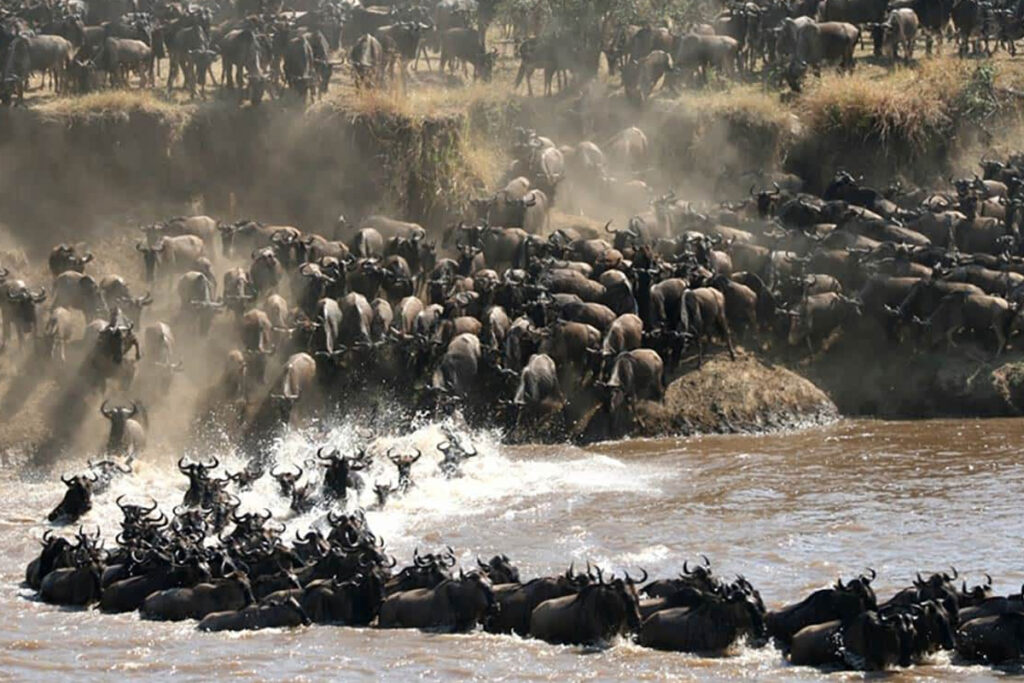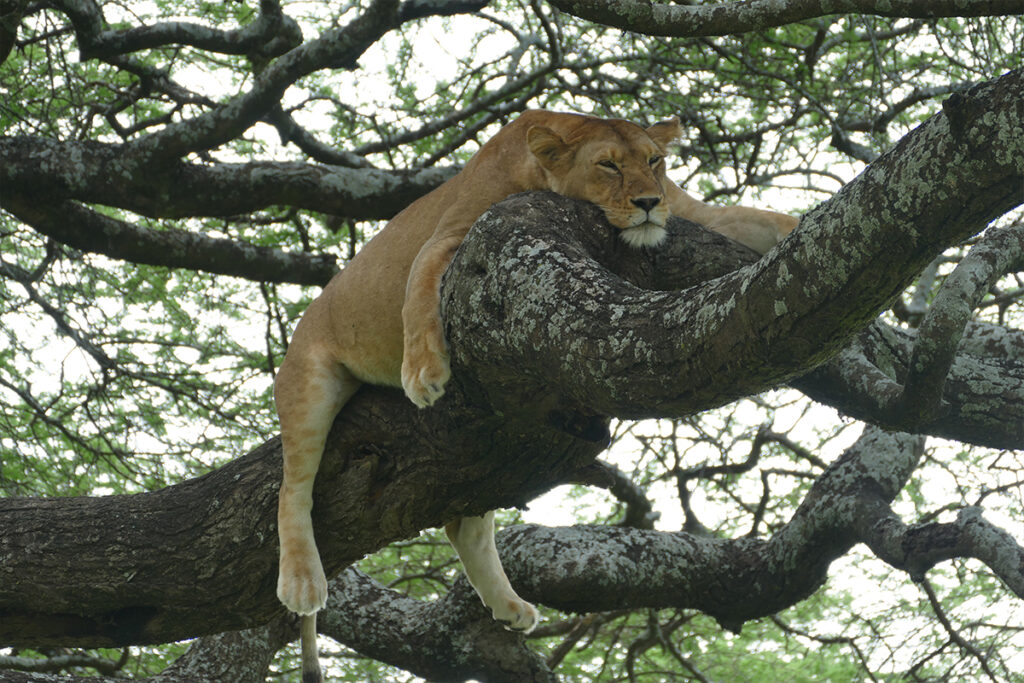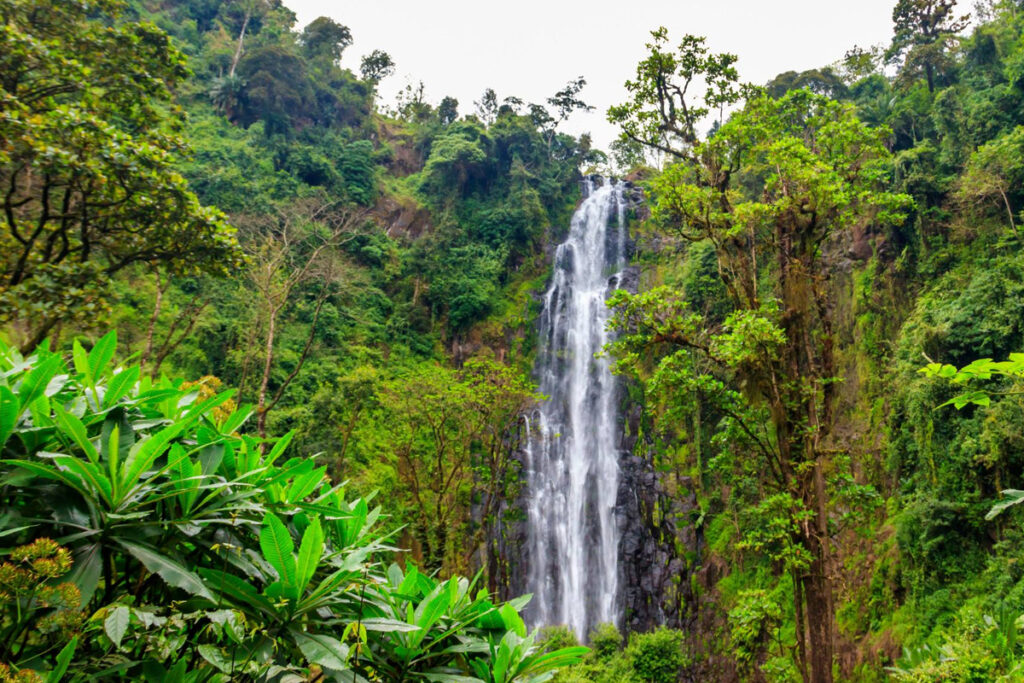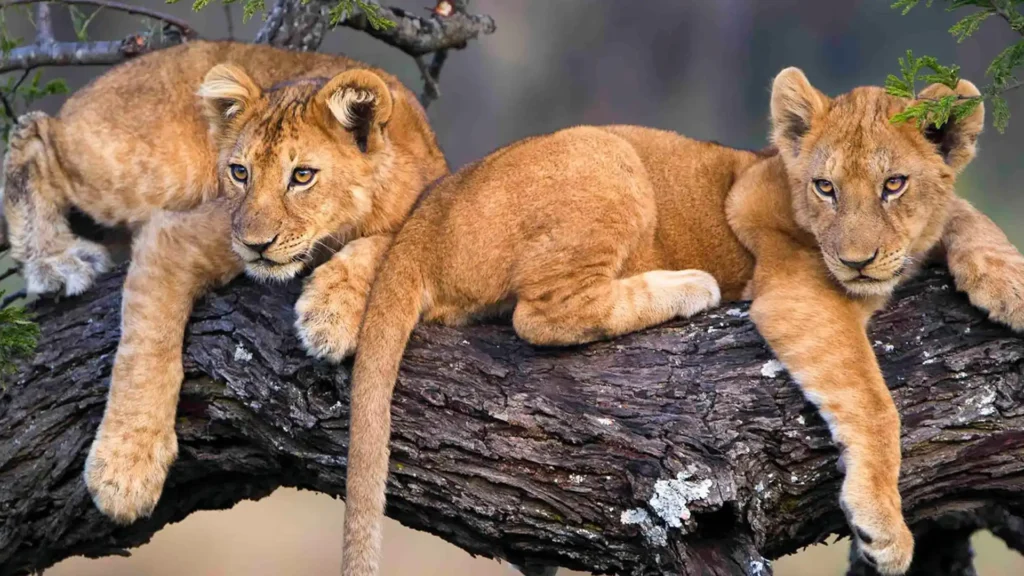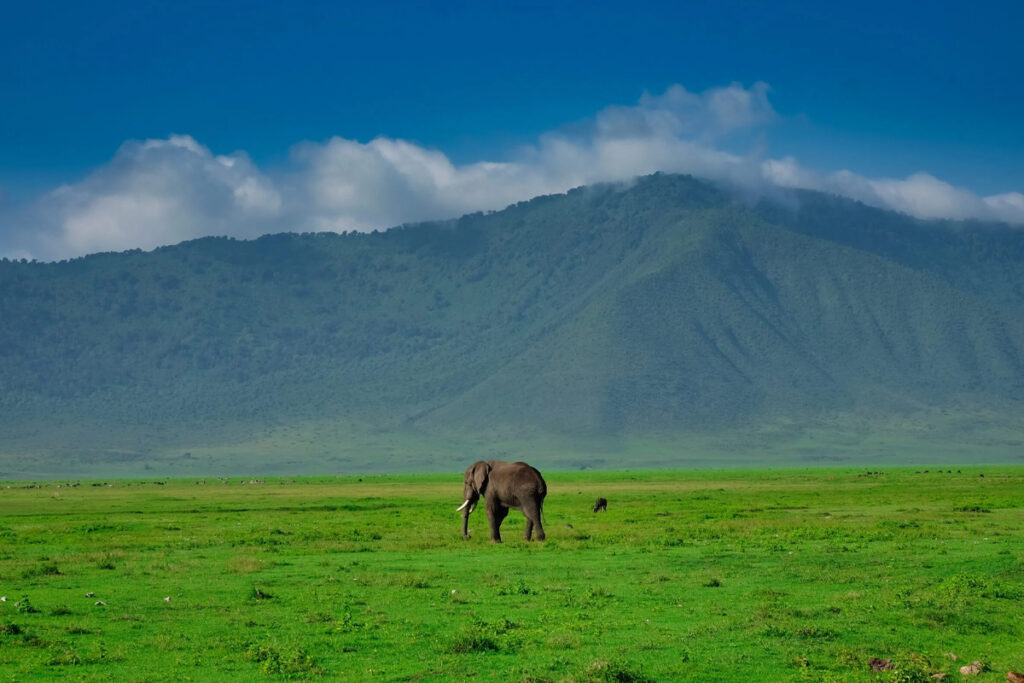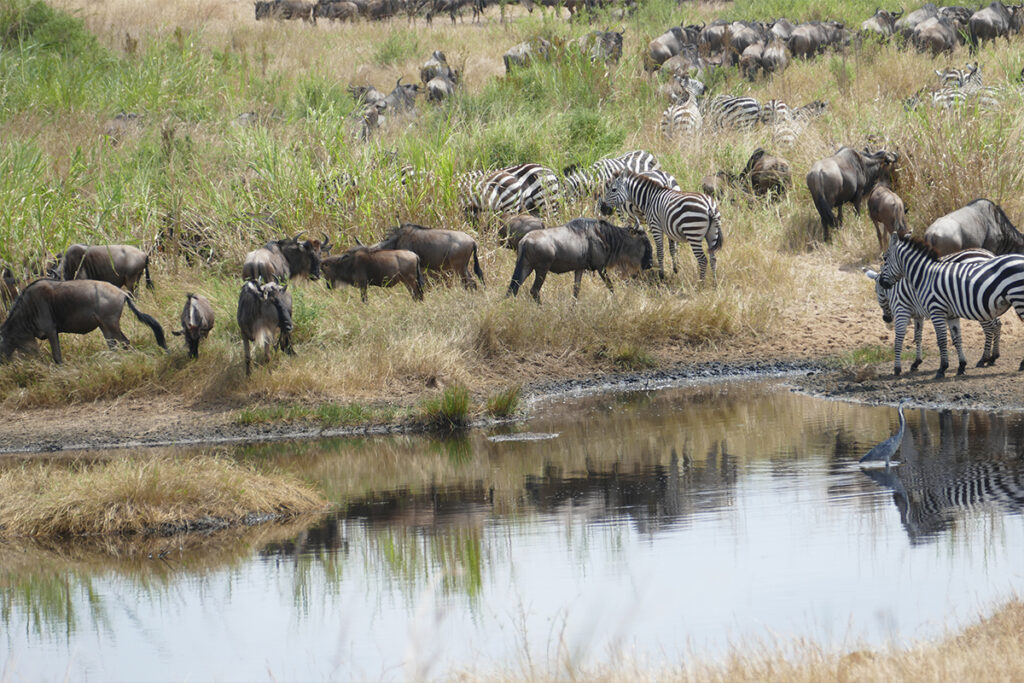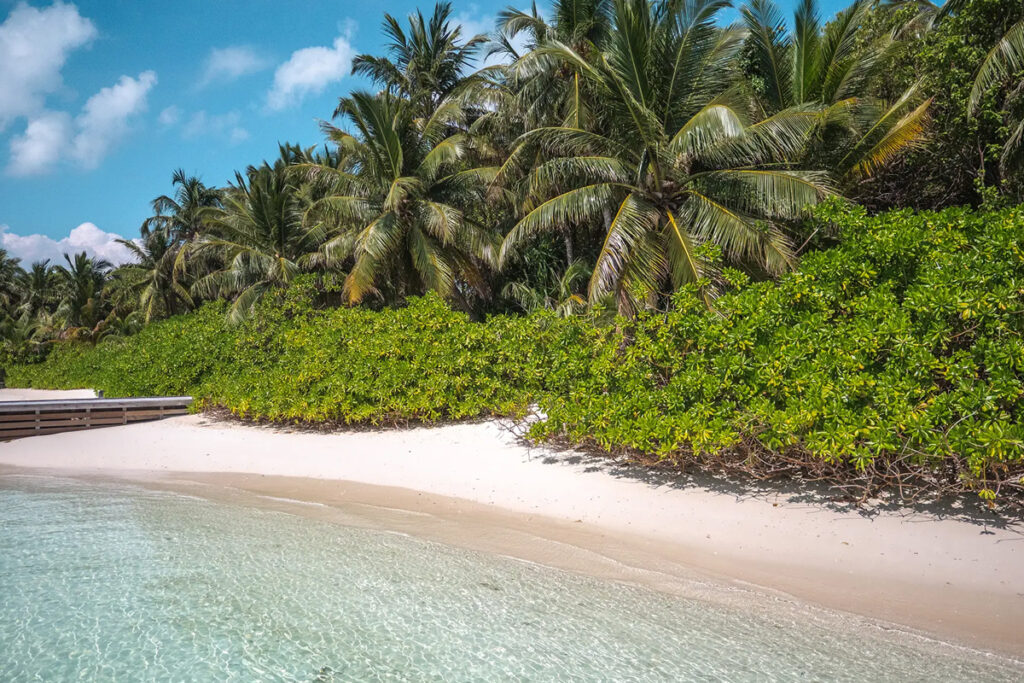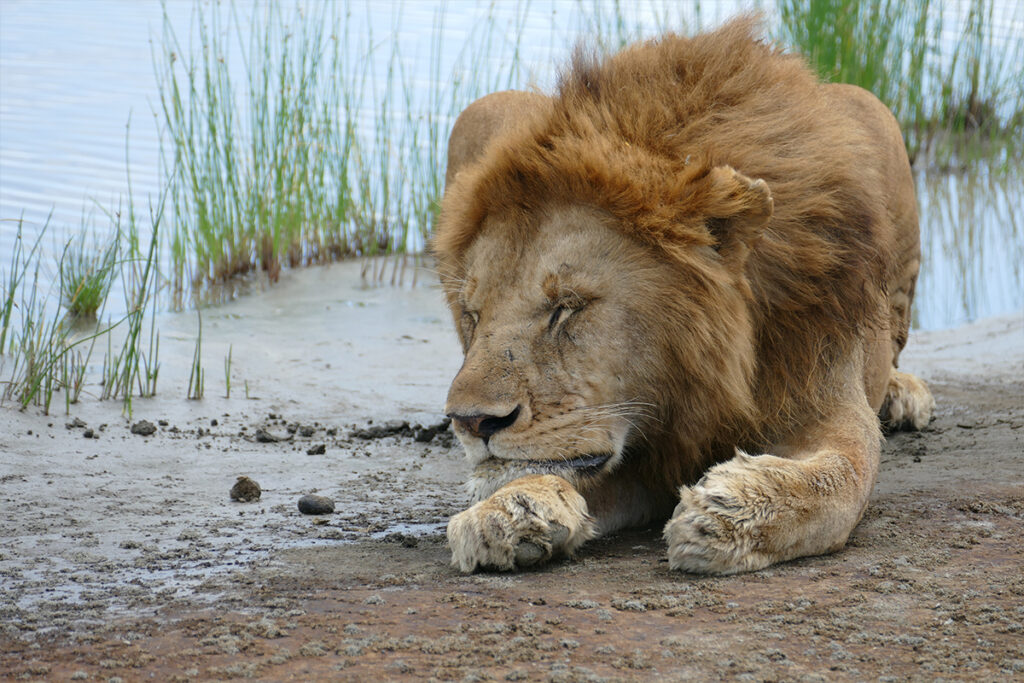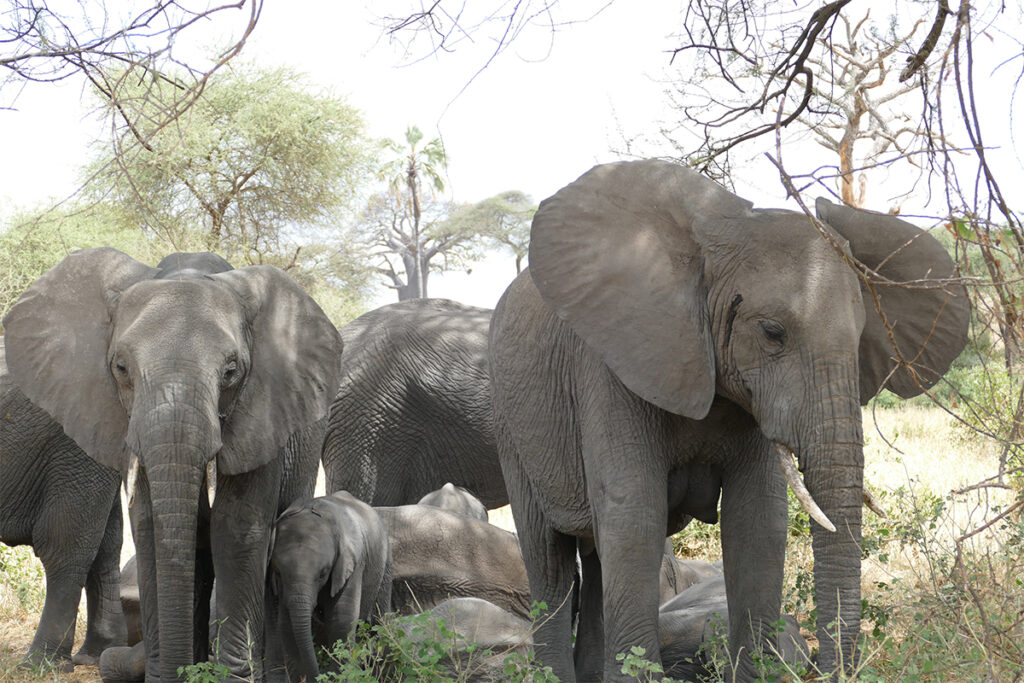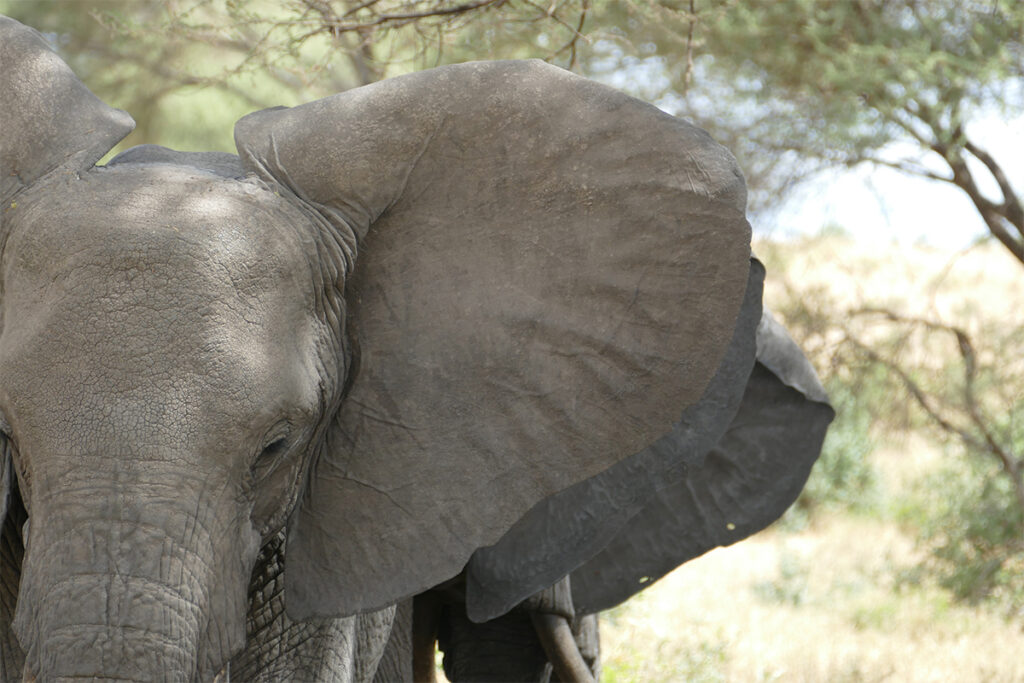Tanzania Safari Preparation: A Complete Guide
Preparing for a Tanzania safari is an exciting part of the adventure, but proper planning is essential to ensure a smooth and enjoyable experience. From choosing the right time to go, packing smartly, and understanding logistics, this guide will help you get ready for your Tanzanian safari with confidence.
1. Choosing the Best Time to Visit
The best time to visit Tanzania depends on your interests and the type of wildlife experience you want to have. Here’s a breakdown of the different seasons to help you decide:
| Season |
Months |
Safari Highlights |
| Dry Season (Peak Season) |
June to October |
Best wildlife viewing, Great Migration river crossings, minimal rainfall. |
| Calving Season |
January to February |
Serengeti calving season, predator action. |
| Wet Season (Low Season) |
March to May |
Lush landscapes, fewer tourists, lower prices, but some areas may be inaccessible. |
| Short Rains |
November to December |
Green season, fewer crowds, excellent birdwatching. |
Key Considerations:
- Great Migration: The best time to witness the Great Migration in the Serengeti is from June to October for river crossings and January to February for the calving season.
- Best Weather: The dry season (June to October) offers excellent wildlife viewing, pleasant weather, and less risk of rain.
2. Selecting the Right Safari
Tanzania offers a range of safari experiences to suit every traveler’s preferences, from budget camping safaris to luxurious lodge stays.
Types of Safaris:
| Safari Type |
Description |
Best For |
| Budget Camping Safari |
Basic campsites with limited amenities, and shared facilities. |
Budget-conscious travelers looking for an adventure. |
| Mid-Range Safari |
Comfortable lodges or tented camps with private rooms. |
Travelers seeking comfort and affordability. |
| Luxury Safari |
High-end lodges or tented camps with premium amenities. |
Travelers want a more exclusive, personalized experience. |
3. Packing for Your Safari
Packing appropriately for a safari is essential to ensure comfort and preparedness. Remember that many safari camps have limited luggage space (especially if flying in small planes), so it’s important to pack light.
Essential Safari Packing List:
| Category |
Items |
Description |
| Clothing |
Neutral-colored clothes (3–5 sets), light jacket, hat |
Lightweight, moisture-wicking clothes in khaki, beige, or olive. |
| Footwear |
Hiking boots or comfortable walking shoes, sandals |
Sturdy, comfortable shoes for walking safaris. |
| Sun Protection |
Sunscreen (SPF 30+), sunglasses, wide-brimmed hat |
Essential for protection against the African sun. |
| Insect Repellent |
DEET-based insect repellent |
Helps protect against mosquito bites. |
| Binoculars |
A pair of quality binoculars |
Great for wildlife spotting at a distance. |
| Camera |
Camera with extra batteries, memory cards |
To capture your safari moments. |
| Travel Documents |
Passport, visa, travel insurance, vaccination card |
Carry necessary travel documents in a safe pouch. |
| Daypack |
Small backpack for essentials during game drives |
Bring water, snacks, a camera, and sunscreen. |
What to Avoid:
- Bright or flashy clothing: These can scare off animals or attract insects.
- Heavy luggage: Stick to soft-sided duffel bags due to space limitations in safari vehicles and planes.
4. Health and Safety
Staying healthy and safe during your Tanzania safari is a top priority. Below are the key health precautions and safety tips:
Vaccinations and Health Precautions:
- Yellow Fever: Required if arriving from a country with yellow fever risk.
- Malaria: Tanzania is a malaria-prone region, so it’s recommended to take anti-malarial medication before, during, and after your trip.
- Routine Vaccinations: Ensure that your routine vaccinations, such as tetanus, hepatitis A, and typhoid, are up-to-date.
- Travel Insurance: Ensure your insurance covers safaris, medical emergencies, and potential evacuation.
Stay Hydrated and Protected:
- Water: Drink only bottled or purified water to avoid waterborne illnesses.
- Sun Protection: Wear sunscreen and a hat to protect yourself from the intense sun, especially during midday game drives.
Safety Tips on Safari:
- Follow the Guide’s Instructions: Always listen to your safari guide, as they are trained in handling wildlife and ensuring your safety.
- Stay Inside the Vehicle: Do not exit the safari vehicle during game drives unless your guide explicitly says it is safe.
- Walking Safaris: If you plan to do a walking safari, ensure it’s led by a professional, armed guide, as you may encounter dangerous animals.
5. Travel Documents and Visa Information
Ensure all your travel documents are in order before your trip to Tanzania.
| Document |
Details |
| Passport |
Must be valid for at least six months beyond your travel date. |
| Visa |
Available on arrival or through the Tanzania eVisa system. Cost is around $50. |
| Vaccination Card (Yellow Fever) |
Required if you’re arriving from a country with yellow fever risk. |
| Travel Insurance |
Must cover safari activities, medical emergencies, and evacuation. |
| Flight Information |
Have copies of your flight itineraries and accommodation bookings. |
6. Budgeting for Your Safari
The cost of a safari can vary depending on the type of safari, accommodation, and length of stay. Here’s a rough estimate to help you budget for your Tanzanian safari:
| Safari Type |
Cost Per Person (Per Day) |
Inclusions |
| Budget Safari |
$150 – $300 |
Basic campsites, shared game drives, meals, and park fees. |
| Mid-Range Safari |
$300 – $600 |
Comfortable lodges, private or shared game drives, and meals. |
| Luxury Safari |
$600 – $1,500+ |
High-end lodges, private game drives, premium amenities. |
Additional Costs to Consider:
- Park Entrance Fees: These are often included in packages, but if not, park fees can range from $50 to $100 per day.
- Optional Extras: Hot air balloon rides ($500–$600), cultural tours, walking safaris, and more.
- Tipping: Expected for guides and staff; a good guideline is $10–$20 per day for guides.
7. Preparing for Safari Activities
Tanzania safaris offer a range of exciting activities, and it’s important to be mentally and physically prepared.
Common Safari Activities:
| Activity |
Description |
| Game Drives |
The most common safari activity, done in open or closed vehicles. Last 2–4 hours per session. |
| Walking Safaris |
Led by an armed guide, walking safaris offer a closer look at the wildlife and landscape. |
| Hot Air Balloon Safari |
A unique way to view wildlife from the sky, especially during the Great Migration. |
| Cultural Tours |
Visit Maasai villages, and local markets, and experience Tanzanian culture firsthand. |
| Boat Safaris |
Available in areas like Selous and Lake Manyara, offering a chance to see wildlife from the water. |
8. Learning About the Wildlife
Tanzania is home to the Big Five (lion, leopard, elephant, rhino, and buffalo) and many other incredible species. Before your safari, spend some time learning about the animals you may encounter.
Popular Animals in Tanzania:
| Animal |
Where to Spot Them |
| Lions |
Serengeti, Ngorongoro Crater, Tarangire. |
| Elephants |
Tarangire, Selous, Serengeti. |
| Rhinos |
Ngorongoro Crater, Serengeti (northern areas). |
| Giraffes |
Throughout Tanzania, especially in Serengeti and Tarangire. |
| Zebras and Wildebeest |
Serengeti and during the Great Migration. |
| Cheetahs |
Serengeti plains, Ruaha National Park. |
| Birdwatching |
Lake Manyara, Selous, and Ngorongoro for a variety of bird species. |
9. Understanding Safari Etiquette
Following proper etiquette during your safari helps maintain safety and respect for the wildlife, environment, and local cultures.
Safari Etiquette Tips:
- Be Quiet: Speak in low tones to avoid disturbing the animals.
- No Littering: Keep the environment clean by disposing of trash properly.
- Respect the Wildlife: Never feed or approach wild animals.
- Respect Local Customs: When visiting local communities, ask for permission before taking photos.
10. Preparing for Post-Safari Activities
After your safari, you may want to relax or explore more of Tanzania’s natural beauty. Consider visiting:
- Zanzibar: A perfect post-safari destination with stunning beaches and rich Swahili culture.
- Mount Kilimanjaro: Trek the tallest mountain in Africa.
- Lake Victoria: Explore the largest lake in Africa, shared with Kenya and Uganda.
Preparing for a Tanzania safari involves careful planning, from choosing the right time and type of safari to packing essentials and understanding safety protocols. With the proper preparation, you’ll have a memorable and seamless experience, enjoying Tanzania’s rich wildlife and landscapes. If you have further questions or need help planning your safari, feel free to reach out! Safe travels and enjoy your adventure!

